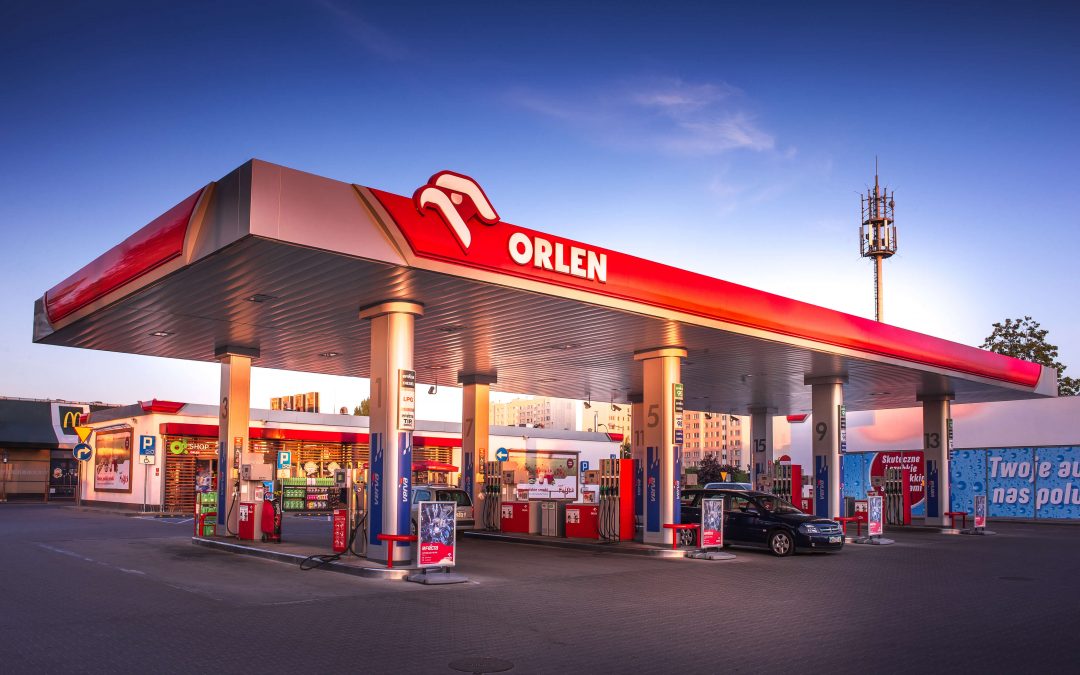In the three months since Russia’s invasion of Ukraine, petrol and diesel prices in Poland have risen more than in any other European Union country.
The figures – reported today by economic news service 300Gospodarka based on European Commission data – show that in Poland petrol prices have risen 35.57%, well ahead of second place Czech Republic (23.14%) and Lithuania (23.01%) in third.
At the other end of the scale, prices have not risen at all in Hungary (where, 300Gospodarka notes, the government has put in place price controls) while in Italy they are up 1.25% and in the Netherlands 8.27%.
Od początku wojny benzyna w Polsce podrożała już o ponad 35 proc., i to jest rekord #UE. Ale czy to oznacza, że rzeczywiście jest droga?https://t.co/CH7gHJlnrG
— 300Gospodarka (@300gospodarka) May 27, 2022
Poland’s government argues, however, that, despite the recent surge, fuel prices in Poland in nominal terms still remain among the lowest in the European Union. Even before the war in Ukraine, it took steps to tackle surging prices by cutting taxes on fuel and energy.
European Commission data confirms that fuel prices in Poland are still relatively low, notes 300Gospodarka. The price of petrol in Poland (€1.59/litre) is the fourth lowest in the EU, ahead of only Hungary (€1.26), Slovenia (€1.56) and Bulgaria (€1.58). The most expensive is in Finland (€2.37), Denmark (€2.32) and Greece (€2.27).
But, when one takes into account earnings, Poles are able to buy much less petrol than their western counterparts. On a monthly average wave in Poland you can fill up a car with a 60-litre tank 12 times, whereas in Germany on an average wage you can do so 21 times.
Jak zdrożało #paliwo w krajach UE? W @300gospodarka sprawdziliśmy, ile razy za średnią krajową zatankują mieszkańcy Unii – i na którym miejscu jest #Polska#inflacja #VAT #Energia https://t.co/Aic2mjy1ly pic.twitter.com/ZkyhCE1nwp
— 300Gospodarka (@300gospodarka) May 18, 2022
Experts note that fuel prices at petrol stations are determined by three main factors: oil prices on commodity markets, prices of processed fuel products, and the zloty exchange rate in relation to the dollar, which significantly dropped in the aftermath of Moscow’s aggression.
“What makes the current situation unusual is the disconnect between fuel prices and oil prices,” said Grzegorz Maziak, a fuel industry expert speaking to financial news service Money.pl. “In the case of diesel we have been dealing with this virtually since the outbreak of war in Ukraine, and since mid-April, it has also affected petrol.”
According to the data analysed by 300Gospodarka, the rate of diesel price increases in Poland was also the highest in the EU, though the difference with other countries was not as pronounced. The price of a litre of diesel at Polish petrol stations rose by 32.01%, ahead of Latvia (30.31%) and Romania (28.05%).
For its calculations, 300Gospodarka analysed data covering the period from the third week of February, just before the Russian attack on Ukraine, to the third week of May. The compared prices take into account taxes and are calculated in national currencies.
Main image credit: Orlen press pack

Alicja Ptak is deputy editor-in-chief of Notes from Poland and a multimedia journalist. She has written for Clean Energy Wire and The Times, and she hosts her own podcast, The Warsaw Wire, on Poland’s economy and energy sector. She previously worked for Reuters.




















